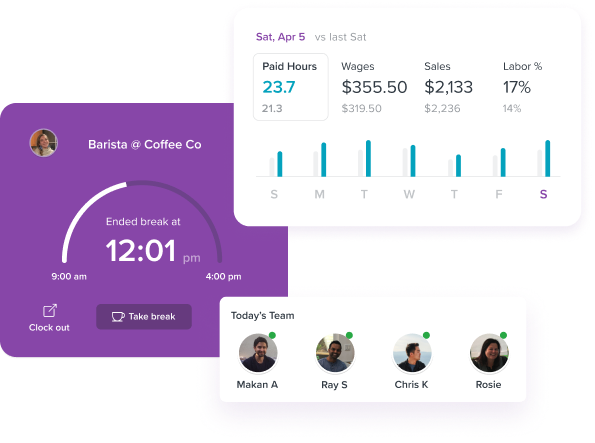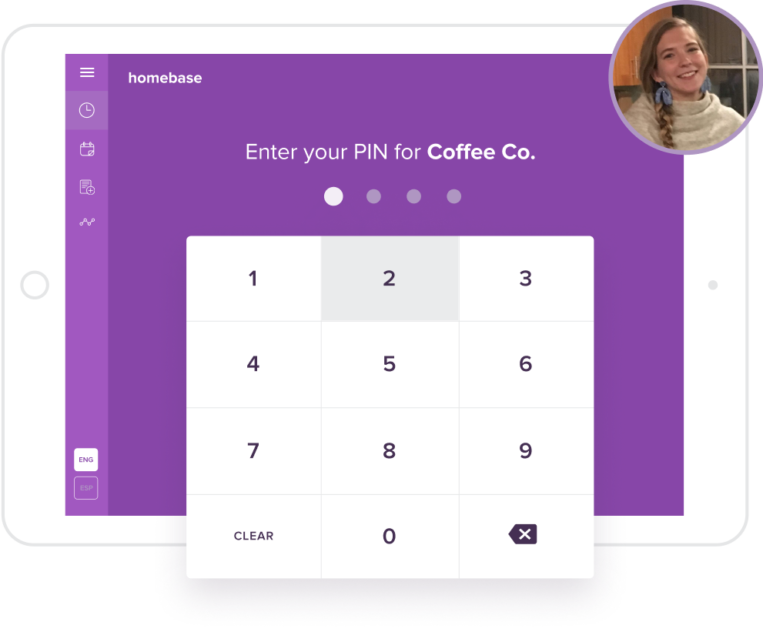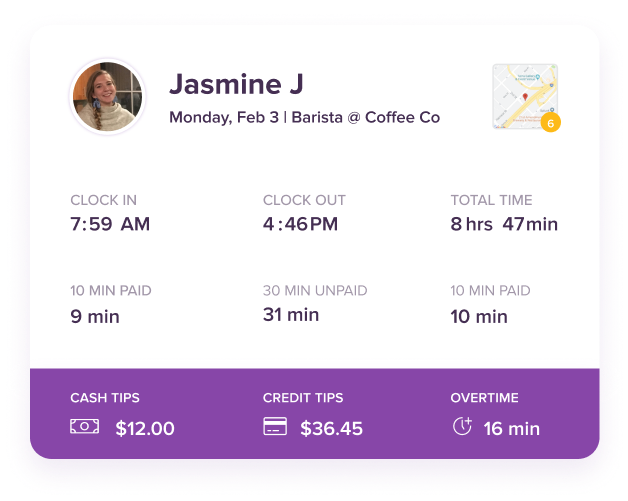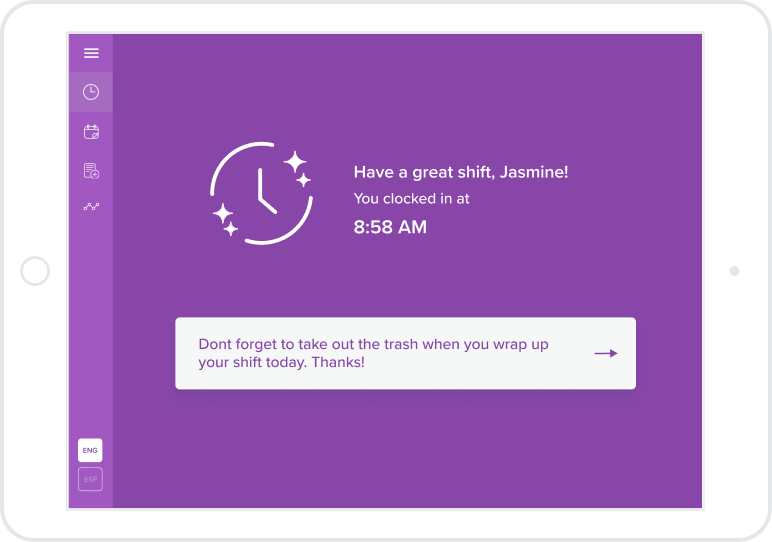FMLA: What small business owners should know
- The US Family and Medical Leave Act (FMLA) is a law that gives eligible workers 12 weeks of unpaid leave to take care of family responsibilities.
- Employers with 50 or more workers are required to provide eligible employees family and medical leave.
- If you need help implementing the FMLA into your employee handbook, Homebase HR Pro can review your existing policies and help you create new ones.

What is the FMLA?
The Family and Medical Leave Act (FMLA) is a federal employment law that was implemented in 1993 by the U.S. Department of Labor as a way to help workers who need to take time off from their job to take care of family responsibilities.
The FMLA requires some employers to provide employees 12 weeks of unpaid leave to care for new children, care for a family member with a health condition, or to deal with their own health issues.
Still, not all employees are eligible, and not all employers are required to provide the unpaid leave. As a business owner, you might even already provide a more liberal leave policy as an employee retention strategy.
The rules under the FMLA can be a little confusing if you don’t have an HR team working to help you. Homebase HR Pro can help you navigate through the regulations and review your leave policies to optimize them and keep your business compliant.

What is covered under FMLA leave?
Employers who have 50 or more workers and employ those workers for more than 20 weeks out of the year are required to provide eligible employees family and medical leave.
The law applies to both private sector businesses and public agencies—including local, state, and federal employers—and local education agencies.
These employers are required to give eligible employees up to 12 workweeks of unpaid leave in a 12-month period, and requires group health benefits to be maintained during the leave as if the employees continued to work instead of taking the protected leave. The 12 workweeks do not need to be consecutive.
When an employee returns from the leave, they must be given their same job or an equivalent position.
If you need help figuring out whether or not your business is covered under the FMLA, our HR Pros can walk you through the qualifications. They can even help you create a new employee handbook equipped with the right information for your team.

Barzotto
Marko Sotto
Owner at Barzotto

Who qualifies for the FMLA?
Employees are eligible for protected leave if they have worked at least 1,250 hours in 12 months for a business covered under the FMLA. The employee must work at a location where the business employs 50 or more employees within 75 miles.
The FMLA requires covered employers to grant unpaid leave to eligible employees for the following reasons:
- To care for a newborn child of the employee
- To care for a child after an adoption or foster care placement
- To care for an immediate family member—including spouse, child, or parent—with a serious health condition
- To take medical leave for an employee’s own serious health condition
- To handle an emergency related to a family member’s active duty in the military.
- Both mothers and fathers are eligible for the leave, as well as same-sex spouses.
Additionally, the National Defense Authorization Act, employees who have immediate family members serving active duty in the military are eligible to take leave for any emergencies that might take place due to their service.
Emergencies that would be associated with the military include caring for the child of a deployed military member, attending military briefings or ceremonies, or making financial or legal arrangements in relation to the absence of the military member.
Coverage may be extended to up to 26 weeks of unpaid leave in a 12-month period if the military member becomes seriously ill or injured in relation to their active duty.
Need advice on determining which employees are eligible? Not only can HR Pro provide guidance, but when you sign up you’ll also gain access to certified trainings on topics like employing minors, FLSA rules, blue laws, workplace safety, minimum wage rules and other wage and hour laws, employee rights, and more.

Do I have to pay employees when they take FMLA?
There is no federal law that requires employers to provide paid leave during their time off, but employees must be given unpaid leave if the employee has met the requirements laid out under the law.
However, it is legal for an employer to require that the employee use up any available vacation days, personal time, or sick days before taking any of the allowed time under the FMLA. This leave would be paid and can be counted as part of the FMLA time if the employer gives the employee a written notice of this decision.
Based on what state you live in, there might also be a paid leave program in place in conjunction with the FMLA. For example, New York’s paid medical leave program provides 10 weeks of paid leave at 55% of the statewide average weekly wage, and California will soon require eight weeks of paid leave instead of the current required time of six weeks.
And if you need to stay updated on changing paid leave laws, HR Pro will send you alerts any time a state rule changes so you don’t have to go searching for it yourself.

What else should I know?
A 30-day notice of the employee’s intention to utilize the FMLA time must be given to employers. The employer then may decide to reject the request, but if this occurs, the employer must submit their decision to do so within two days of receiving the notice.
Employers are only allowed to request a doctor’s note that states the employee will be unable to work for the given amount of time, they may not seek further details about the leave request if the employee does not wish to give them. If a doctor’s note is requested, it must be provided by the employee within 15 days of the leave request.
Employers can, however, ask about how long the employee expects to be on leave, and may also request that a second opinion on the medical issue be given from another physician if there is reason to believe the employee may not have to take leave due to a medical condition.
Before the employee returns to work, an employer may require a medical, physical or fitness for duty certification, which can be done at an occupational medical center.
An employer is allowed to require the employee to communicate through phone calls and emails with periodic updates. The employee is expected to respond in a reasonable amount of time, but this is the only requirement that can be given—employers may not require employees to perform any of their normal duties.
